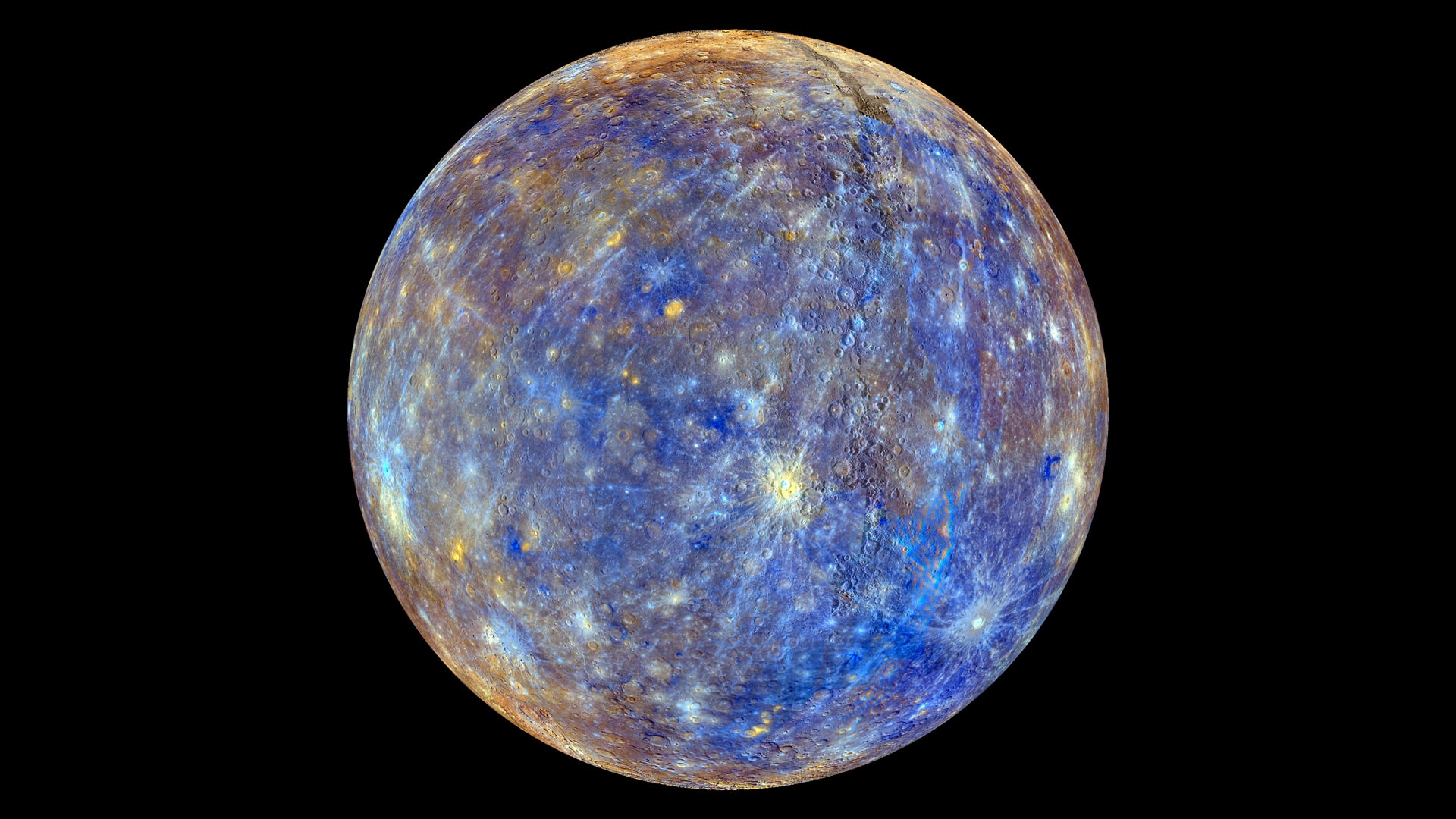
Mercury has lithium in its exosphere, says study
What's the story
Scientists have discovered lithium in Mercury's exosphere, a thin layer of gases surrounding the planet. The discovery was made using a novel method of detecting magnetic waves, according to a study published in Nature Communications. The research team, led by Daniel Schmid from the Austrian Academy of Sciences, used data from NASA's MESSENGER spacecraft to make this groundbreaking find.
Exosphere exploration
Presence of alkali metals in Mercury's exosphere
Mercury's exosphere is a unique environment, with gas molecules being extremely rare and rarely interacting. Since the 1970s, missions like Mariner 10 and MESSENGER have orbited Mercury, collecting data. These studies have revealed the presence of elements like hydrogen, potassium, sodium, and iron in this thin atmosphere. The detection of alkali metals like potassium and sodium led scientists to hypothesize that other alkali metals such as lithium should also be present.
Detection challenges
How the team detected lithium
Despite extensive searches, lithium remained undetected for years, possibly due to its low abundance in the exosphere. Schmid's team took a different approach by looking at magnetic field data from MESSENGER. They discovered electromagnetic wave signatures called "pick-up ion cyclotron waves" (ICWs), which suggested the presence of lithium. This method provided indirect evidence of lithium's existence rather than directly detecting it through particle detectors on spacecraft or ground-based telescopes.
Ionization process
What are pick-up ion cyclotron waves?
The ICWs were generated when neutral lithium atoms from Mercury's surface ascended into space and were ionized by intense solar ultraviolet radiation. The newly formed lithium ions were then picked up by the solar wind, creating an instability in the surrounding plasma. This velocity difference between the lithium ions and solar wind particles produced electromagnetic waves that traveled through space, providing a unique signature for each element based on its mass-to-charge ratio and local magnetic field strength.
Wave analysis
4 years of magnetic field data from MESSENGER analyzed
Schmid explained, "The pick-up ions produce waves at characteristic frequencies, allowing us to identify their presence through their magnetic signatures." The research team analyzed four years of magnetic field data from MESSENGER and found 12 independent events where ICWs appeared. Each event lasted for a few tens of minutes, offering a brief glimpse into the release of lithium into Mercury's tenuous atmosphere.
Impact hypothesis
Discovery supports theory of meteoroid impacts
The sporadic nature of these detections led researchers to rule out slow-acting processes like thermal heating and ongoing solar wind bombardment. Instead, they suggested that explosive events like meteoroid impacts were responsible for lithium release. When meteoroids strike Mercury's surface at high speeds, they create vapor clouds that are heated enough to lift lithium atoms into the exosphere. This discovery supports the theory that meteoroids not only deliver new material but also vaporize existing surface deposits, releasing volatiles into space.